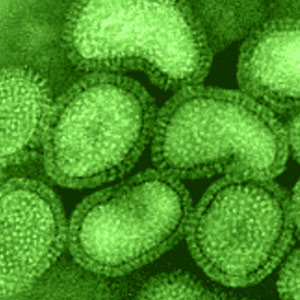Let’s Talk About the Flu Virus and the Flu Vaccines Part 2
—Peter McWilliams, Life 101
Prevention of the Flu
- Single best way to prevent the flu virus is to get a flu vaccine every year before the start of the flu season (for every person over the age of 6 months)
- To help stop the spread of the flu, cough or sneeze into the crook of your arm or into a tissue
- Wash hands frequently
- If you live in a household with a sick person, a small baby (younger than 6 months of age) or an adult over the age of 65, it is more important for you to receive the flu vaccine
- Disinfect all toys after a child has been sick. Replace toothbrushes after illness.
If you think your child has the Flu
- Contact your pediatrician right away, especially if your child has asthma, diabetes or is younger than 1 year of age
- Within the first 48 hours of illness, flu symptoms can be minimized by getting a prescription for Tamiflu.
- If child is severely ill (prolonged fevers > 104 degrees F, trouble breathing, excessive fatigue or severe dehydration) go to an Emergency Room.
- Control milder symptoms at home with lots of clear liquids (water, Pedialyte/Gatorade, broth), Tylenol and rest.
- If your child has a fever > 100.5 degrees F, wait 24 hours after fever is gone before sending him/her back to school or daycare
- Do not take a sick child to school, daycare, the mall or parties!

